OU Biological Station- Monarda Population
- Andrea Lashley
- May 25, 2019
- 2 min read
Updated: May 26, 2019

iNaturalist has been a vital resource during my quest to locate Monarda populations in the Texoma region. My list of three known populations expanded to a list of ten with the help of other observations found on iNaturalist.org. One of these observations led me to the University of Oklahoma Biological Station.
Before heading out , I called Gary Wellborn; the director of the Biological Station. After a brief pleasant conversation, Gary gave me permission to peruse the location for Monarda populations. I explained that I would not collect any specimens without his permission. My intent was to verify he had a population that could sustain the collection of 5-10 plants cut at the stem. My rule of thumb is to only collect 5% of small populations or 10% of larger populations; unless the species is identified as invasive or threatened. Then, the 5-10% rule does not apply.
I often use the observation map on iNaturalist to pinpoint where I need to start looking. On this occasion I did just that. The drive was less than an hour and I could feel the excitement building as I drove closer and closer to my destination. Once on site, I drove to the location & my heart sank. The Monarda punctata (Spotted Horse Mint) was nowhere to be found at that location. I had not found any populations of this species yet and the site looked well groomed.
Yet again, I was persistent and it paid off! I noticed what I thought could be spotted horse mint in an open field directly behind the observation location. The gates were locked but I noticed some students in the field. I decided to first identify possible locations on site where I felt would be good spots to find the species. I only found one overgrown field and a path mowed through to walk to the open field.
Then, I attacked with my usual plan. I start on my right walking visual transects around the area and circle back around until I cover the entire area. The overgrown field, which I now know is referred to as the "wild field", had several plants that looked a lot like the Monarda. The easiest way to find Monarda is smell a small portion of a crushed leaf. The somewhat menthol/camphor ISH smell is very distinctive.
Visually, one time around the wild field and open field was all I needed. The right side of the mowed path resulted in a complete bust; not one Monarda was found. The open field where I thought I saw a plant didn't have any Monarda either. Then, as I exited the open field to checkout the other side of the wild field, I found my first Monarda punctata. Woo Hoo! But I needed a population size of at least 100 to collect the 10 plants I was hoping to retrieve. By the time I finished documenting Monarda in the wild field, I had found well over 100 plants. Gary, the director, was nice to affirm that I could collect 10 plants and reassured me that the wild field would remained "wild" (not mowed).
I found a population of Monarda punctata! I also learned about paid internships for research while searching the OU Biological Station website. BONUS!






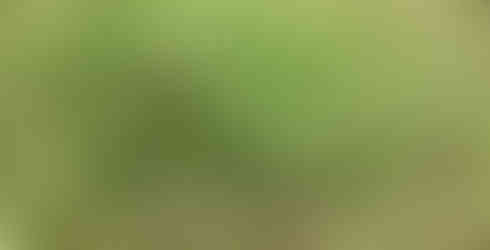





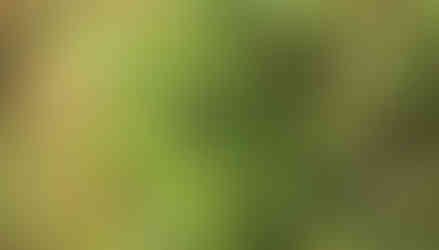





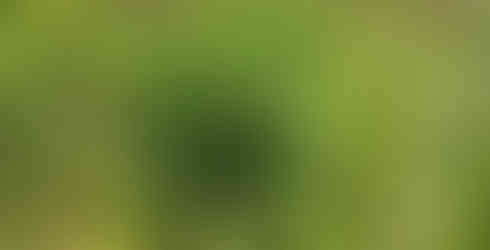




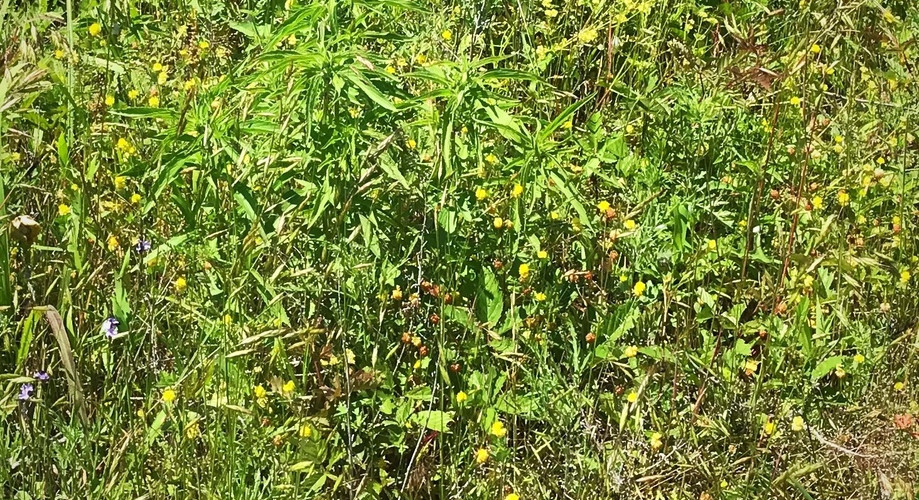





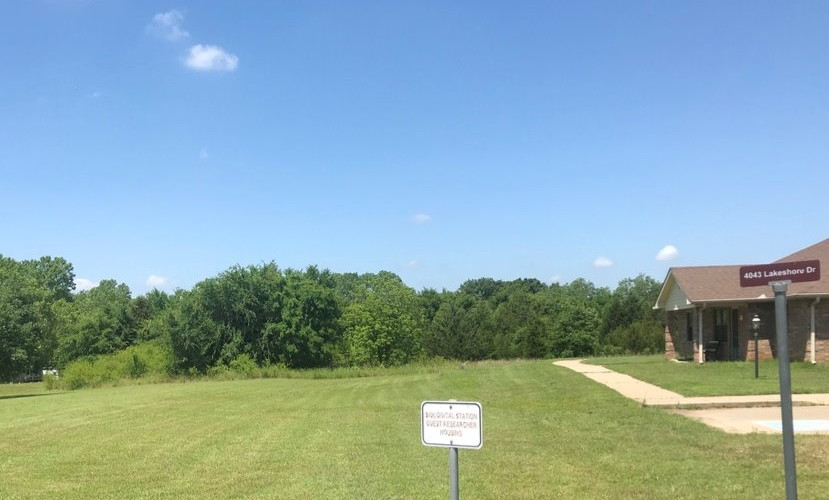



Comments